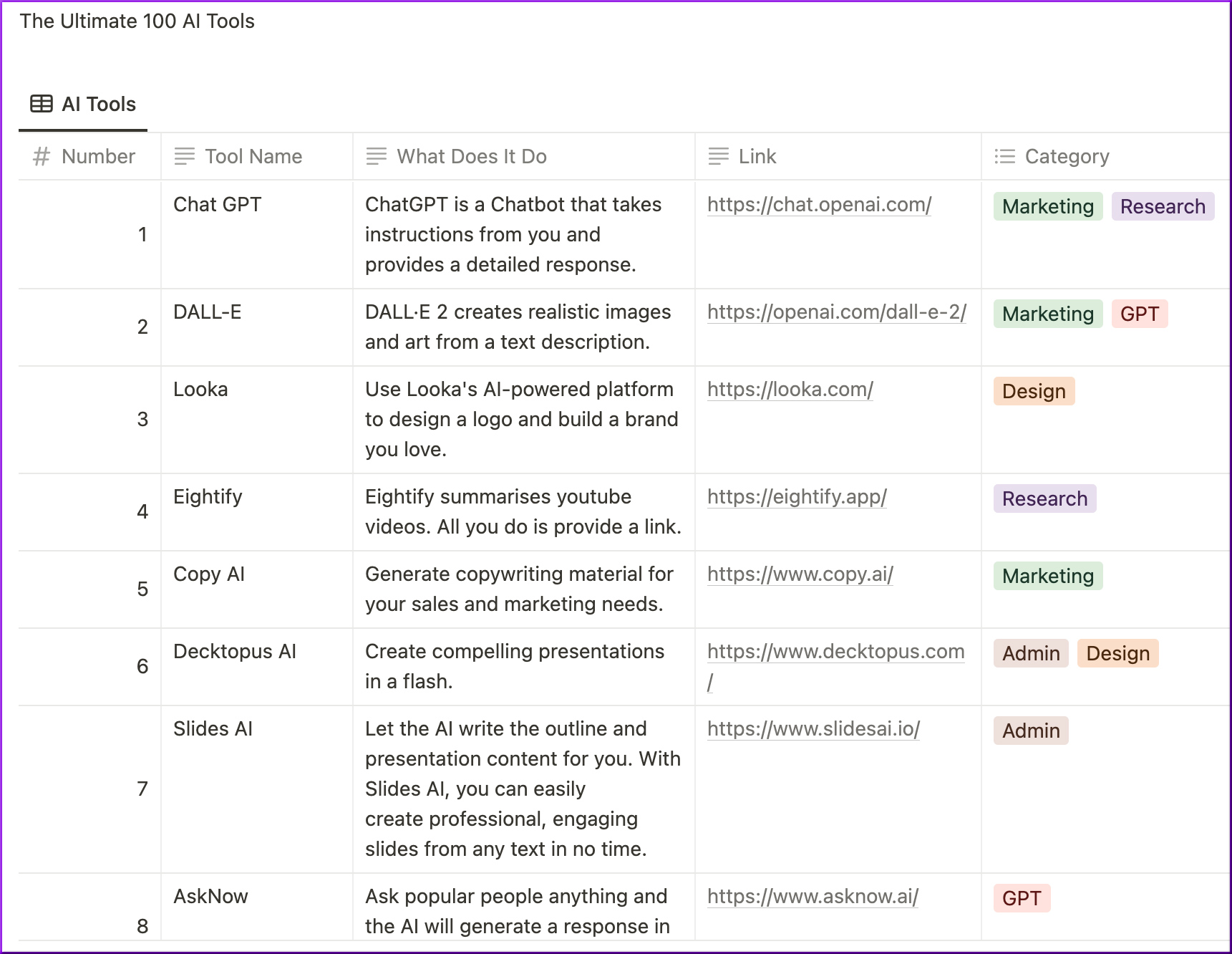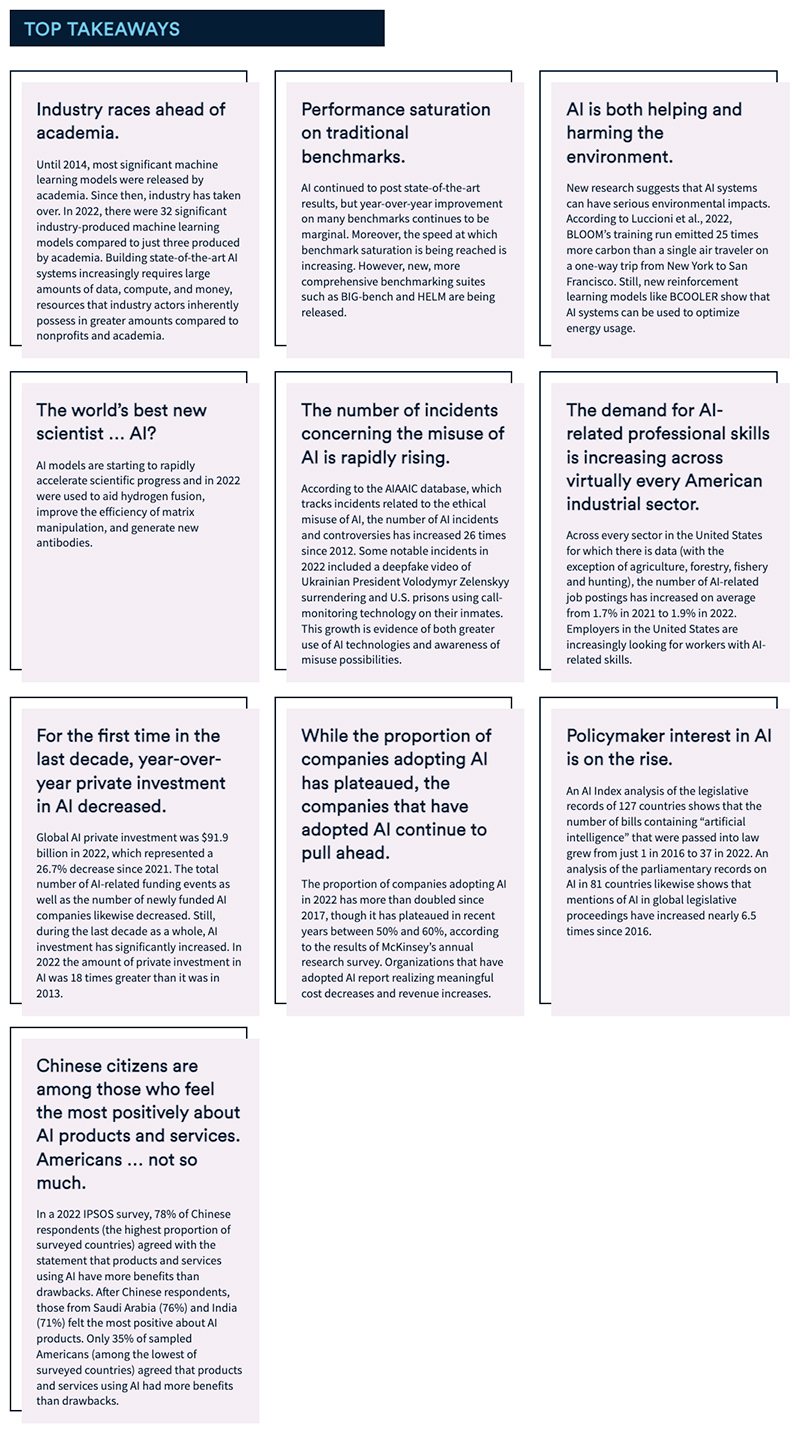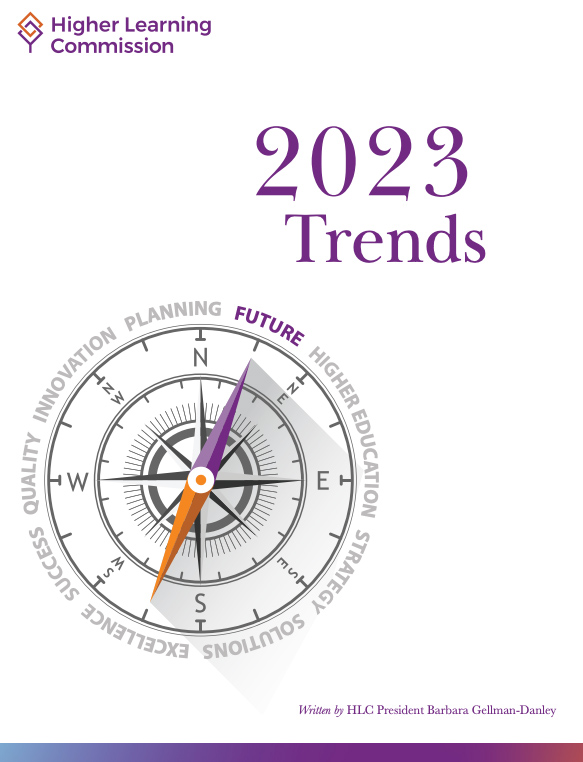When It Comes to College Closures, the Sky Is Never Going to Fall — from chronicle.com by Lee Gardner
Are you tired of reading nearly annual predictions of a looming wave of colleges shutting down? Not nearly as tired as one Chronicle reporter.
Excerpts:
I’ve learned a lot of things about how colleges work in the last 10 years, including that they die hard. They make new appeals to students and alumni. They scrimp. They raise their tuition-discount rate yet again. They limp along with budget deficits, sometimes for years. They make withdrawals from their endowments. They sell off assets. They look for partnerships, mergers, and buyers, although sometimes when it’s far too late.
I could be wrong, of course, and there may be a giant wave of college closures rearing somewhere on the horizon. But I can guarantee you that there are dozens of institutions in danger of quietly slipping toward a gradual end as you read this.
Also highly relevant here/see:
Contingent faculty jobs are still the standard, AAUP report finds — from highereddive.com by Laura Spitalniak
Dive Brief:
- Colleges are continuing to increase their reliance on faculty positions that lack pathways to tenure, according to a new report from the American Association of University Professors. Over two-thirds of faculty members, 68%, held contingent positions in fall 2021, compared to about 47% in fall 1987.
- Part-time work is also becoming more common. Almost half of faculty, 48%, taught part time in fall 2021, up from 33% in fall 1987. Less than 1% of all part-time faculty positions are tenured or tenure-track, according to AAUP.
- Both of these factors are cutting into the number of available tenured positions, the report said. Fewer than 1 in 4 faculty members, 24%, held tenured full-time positions in fall 2021. That number fell from 39% in fall 1987.
Americans Are Losing Faith in College Education, WSJ-NORC Poll Finds — from wsj.com by Douglas Belkin (behind a firewall)
Confidence in value of a degree plummeted among women and senior citizens during pandemic
Excerpt:
A majority of Americans don’t think a college degree is worth the cost, according to a new Wall Street Journal-NORC poll, a new low in confidence in what has long been a hallmark of the American dream.
The survey, conducted with NORC at the University of Chicago, a nonpartisan research organization, found that 56% of Americans think earning a four-year degree is a bad bet compared with 42% who retain faith in the credential.
Skepticism is strongest among people ages 18-34, and people with college degrees are among those whose opinions have soured the most, portending a profound shift for higher education in the years ahead.












